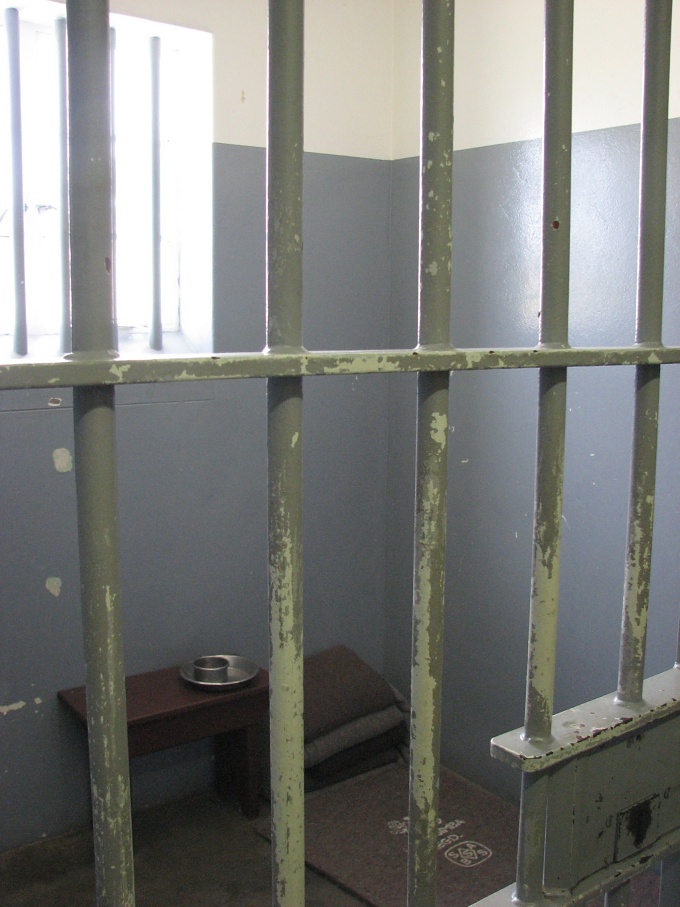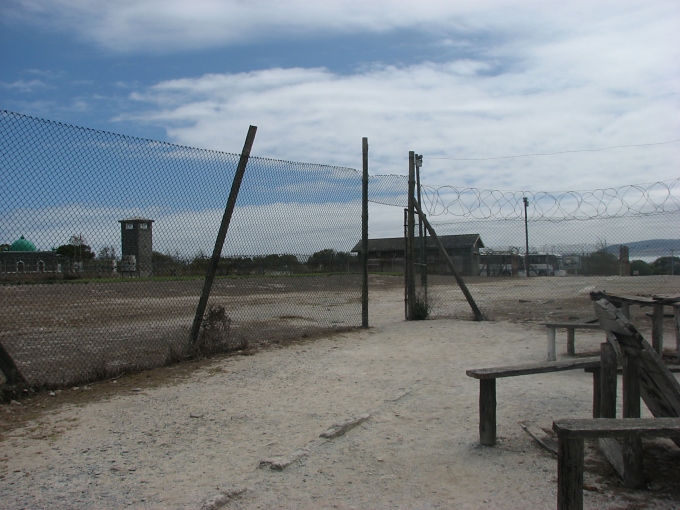Welcome to South Africa
/ It dawned on me that it was probably time to tell you a bit more about South Africa, our current country of residence. I try to research every country we visit to learn more about it and its people. Located at the very southern tip of the African continent, South Africa's land area is equal to just under twice the size of Texas and the current population is estimated at about 53 million people.
It dawned on me that it was probably time to tell you a bit more about South Africa, our current country of residence. I try to research every country we visit to learn more about it and its people. Located at the very southern tip of the African continent, South Africa's land area is equal to just under twice the size of Texas and the current population is estimated at about 53 million people.
South Africa is probably one of the most culturally diverse countries we've ever visited. There are 11 official national languages! Luckily, English is one of them. Most signs are in at least three languages: English, Afrikaans and isiZulu. Walking along the streets, we hear voices speaking so many unrecognizable languages, including a noticeable click inherent in so many of the native languages here.
Bartolomu Dias first rounded the Cape of Good Hope in 1488 establishing the first ocean route from Europe to India. In 1652, the Dutch founded the city of Cape Town, a re-provisioning station and stopover point on the “Spice Route” to the Far East. The Brits seized Cape Town in 1802 and the Dutch settlers, known as Boers and subsequently Afrikaners, moved north. After years of dissension and wars, the Afrikaners and Brits ruled jointly for a time. It was in 1948, that “apartheid” was legalized and not until 1994, that it was abolished and Nelson Mandela was voted into power. One of my favorite historic novels is James Michener's The Covenant

South Africa is rich in minerals, unique flora and fauna and can boast many superlatives and firsts. Here are a few …
- South Africa has the longest wine route in the world. (I'll drink to that!)
- The deepest mine in the world is a gold mine in South Africa. In 1977 the Western Deep Levels Mine reached a depth of 11,749 feet. Most mines descend to about 3,300 feet.
- The Tugela Falls is the second highest waterfall in the world, where the water tumbles down 2,789 feet. First place goes to the Angel Falls in Venezuela at 3,212 feet.
- South Africa is the world's largest producer of macadamia nuts.
- South Africa is the world's leader in mining and minerals. It has nearly 90% of the platinum metals on earth, 80% of the manganese, 73% of the chrome, 45% of the vanadium and 41% of the gold.
- Dr. Christiaan Barnard, at Groote Schuur Hospital in Cape Town, performed the first human heart transplant in the world in 1967. He was also the first to do a "piggyback" transplant in 1971, and he was the first to do a heart-lung transplant.
- The world's largest diamond was the Cullinan Diamond, found in South Africa in 1905. It weighed 3,106.75 carats uncut. It was cut into the Great Star of Africa, weighing 530.2 carats, the Lesser Star of Africa, which weighs 317.40 carats, and 104 other diamonds of nearly flawless color and clarity. They now form part of the British crown jewels.
- There are about 280,000 windmills on farms across South Africa.
- There are more than 2,000 shipwrecks, dating back at least 500 years, off the South African coast. Some simply vanished without a trace.
- Although Pretoria is considered to be the capital of South Africa, the country actually has three capitals: Pretoria (executive), Cape Town (legislative), and Bloemfontein (judicial).
There's so much more to learn and discover. Stick around. This is going to be a great adventure.
This post contains affiliate links to books through Amazon.com. These books might make a great gift this Holiday season. Thank You!









